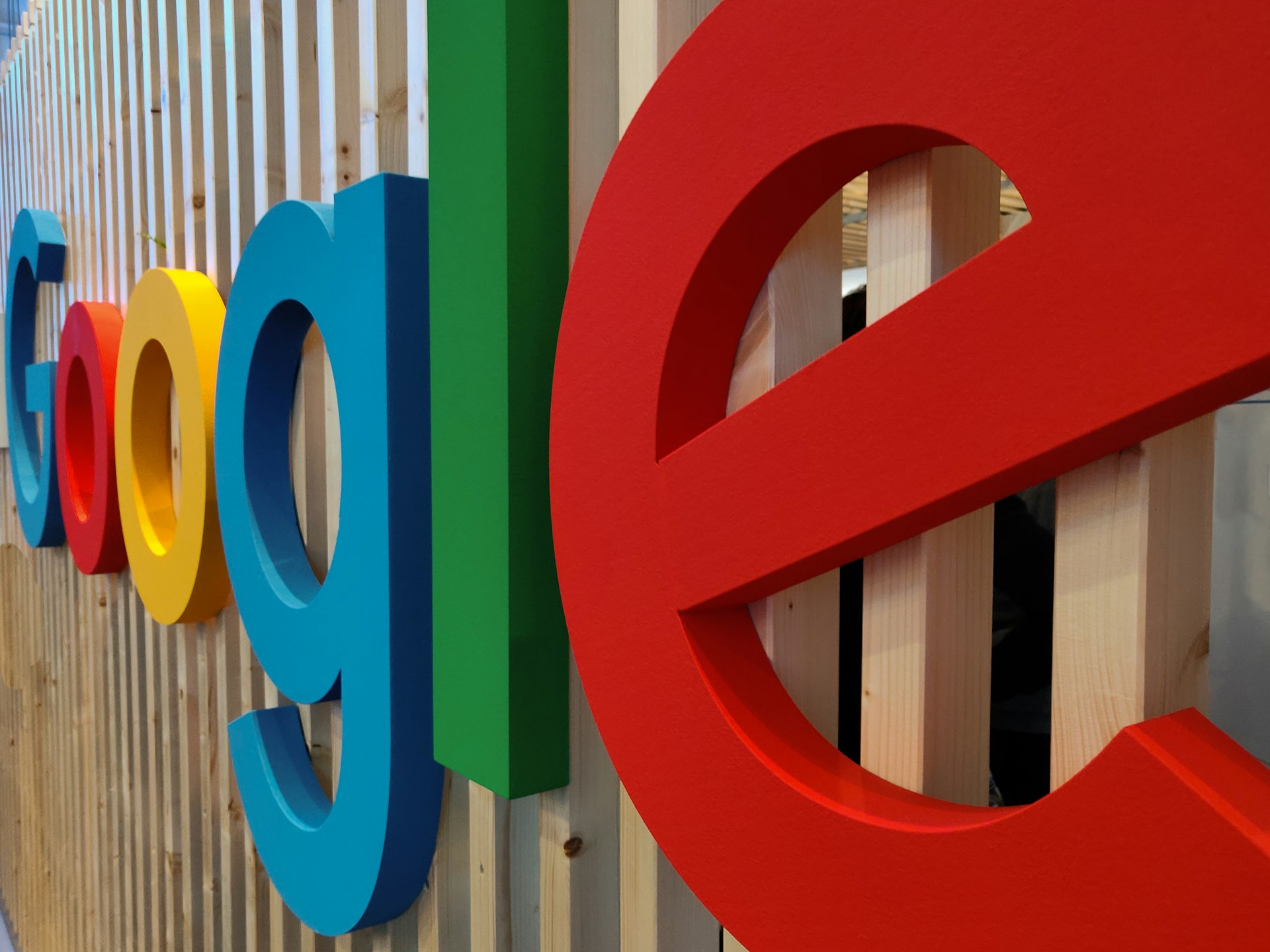Transforming Education: Harnessing Art as a Catalyst for Meaningful School Reform

Photo by Michael Dziedzic on Unsplash
Introduction: Why Art Matters in Education Reform
Across the United States, educators, policymakers, and communities increasingly recognize art as a transformative tool for education reform . Integrating the arts into school curricula is not simply about teaching painting or music-it’s about reshaping how students learn, think, and engage with the world. Research demonstrates that participation in the arts is linked to gains in mathematics, reading, cognitive ability, critical thinking, and verbal skills. These benefits are especially crucial in an era where innovation, adaptability, and collaboration are at the core of future-ready education systems [1] .
The Case for Art-Integrated Education
Education in and through the arts can play a significant role in changing the agenda, environment, and effectiveness of schools. Arts integration isn’t a new idea, but its value is increasingly validated by research and decades of successful implementation. Studies show that using the arts to motivate and instruct students-whether through traditional art instruction or integrating art into subjects like math and science-consistently leads to higher engagement and deeper learning [2] .
For example, the Dallas Independent School District, in partnership with local arts advocates, now ensures every elementary student receives dedicated art and music instruction each week. The move has revitalized learning environments and fostered stronger connections between schools and the broader arts community [1] .
Benefits of Arts-Based Education Reform
Arts education offers a host of benefits that extend beyond creative expression:
- Academic Gains: Research links arts participation to improvements in standardized test scores, reading comprehension, and mathematics proficiency [1] .
- Cognitive and Social Development: Meaningful participation in the arts boosts critical thinking, problem-solving, and collaboration skills-essential for 21st-century success [4] .
- Student Engagement: Arts-integrated instruction ignites motivation and curiosity, reducing dropout rates and improving classroom behavior [2] .
- Equity and Inclusion: Art programs can play a pivotal role in reaching underserved students, helping bridge achievement gaps and providing culturally relevant learning experiences [4] .
For instance, the Madison Violin Project, a collaboration between a low-performing elementary school and a university music school, demonstrated significant improvements in both academic and social outcomes for students from low-socioeconomic backgrounds, highlighting the power of targeted arts interventions [4] .
Current Policy Landscape and Funding Opportunities
Arts education policy and funding vary widely from state to state. Some states maintain dedicated grant programs or state-funded schools for the arts, while others have shifted or repealed requirements for arts instruction [5] . In 2024, for example, New York updated its diploma regulations to allow alternative pathways for earning arts credits, such as out-of-school programs, while Oklahoma introduced new standards for fine arts, including media arts [3] . These trends show both challenges and opportunities for advocates of arts-based reform.
Funding is a critical lever for sustaining and expanding arts programs. Twenty-two states, including Maryland, Minnesota, and Pennsylvania, offer dedicated grant programs to support both in-school and community-based arts education. These grants help fund teaching artists, professional development, and curriculum design [5] .
Steps to Implement Art as a Tool for Education Reform
For educators, administrators, and community leaders seeking to leverage art for meaningful school reform, the following steps provide a practical roadmap:
- Assess Current Programs: Evaluate the availability and quality of arts education in your school or district. Identify gaps and opportunities for integration.
- Build Partnerships: Collaborate with local arts organizations, museums, and higher education institutions to bring expertise and resources into schools. Many successful reforms have relied on strong community partnerships [1] .
- Seek Funding: Explore grant opportunities from your state’s arts council, departments of education, or philanthropic foundations. For example, Maryland and Minnesota have established funding streams for arts programs [5] . You can typically find these resources by searching for your state’s “arts education grants” or by visiting your state’s arts council website.
- Professional Development: Invest in ongoing training for teachers to effectively integrate the arts into core subjects. Many states allocate grant funding for teacher professional learning [5] .
- Incorporate Artists-in-Residence: Bring working artists into classrooms to co-teach and inspire students. Programs like “Shakespeare in American Communities” offer models for integrating arts education into broader educational and social initiatives [5] .
- Monitor Policy Developments: Stay informed about state and local policy changes that may impact arts education. The Arts Education Partnership and similar organizations publish policy updates and analyses [3] .
In cases where specific resources or grants are mentioned, visit your state or local arts council’s official website, or search for “[State] Department of Education arts grants” to find the most current opportunities. Contact local education agencies for guidance on available funding and support.
Overcoming Challenges in Arts-Based Reform
Implementing and sustaining arts-based education reform is not without challenges. Common obstacles include budget constraints, shifting policy priorities, and the pressure of standardized testing. To address these challenges:

Photo by Peter Olexa on Unsplash
- Advocate for the inclusion of arts as essential, not optional, in education policy discussions.
- Leverage research and success stories to build support among stakeholders.
- Engage parents, community members, and local businesses as advocates and partners.
- Develop metrics for measuring the impact of arts integration on academic and social outcomes.
Alternative approaches-such as after-school arts programs, community partnerships, and digital arts initiatives-can help sustain access to quality arts education when resources are limited.
Real-World Examples and Case Studies
Across the country, schools and districts are successfully using art to drive education reform:
Dallas Independent School District reintroduced weekly art and music instruction for every elementary student, transforming school culture and boosting academic achievement [1] .
The Madison Violin Project partnered a low-performing school with a university, providing intensive music education that improved both cognitive and social development for students [4] .
State Arts Funding Initiatives in Maryland, Minnesota, and Pennsylvania illustrate how dedicated grants support arts education at both the school and community level [5] .
How to Get Started: Practical Guidance
If you are an educator, administrator, or parent interested in leveraging art for education reform, consider these steps:
- Review your school or district’s current arts offerings and identify areas for growth.
- Connect with your local arts council or state department of education for information on grants, partnerships, and professional development opportunities.
- Research successful programs-such as the Dallas model or the Madison Violin Project-for inspiration and best practices.
- Contact your state education agency or search for your state’s arts education policy to stay updated on requirements and opportunities.
- Engage with community organizations, local artists, and parents to build a coalition for arts-based reform.
For more information about arts education policies and funding, you can:
- Visit your state’s official department of education website and search for “arts education grants” or “arts curriculum”
- Contact the state arts council for guidance on available grants and partnerships
- Monitor updates from national organizations like the Arts Education Partnership
While specific grant application portals may vary by state, these steps can help you locate and access resources that support sustainable arts-based education reform.
Key Takeaways
Art has the power to transform education by enhancing academic achievement, fostering cognitive and social development, and engaging students in meaningful learning. Through strategic partnerships, policy advocacy, and creative funding approaches, schools and communities can ensure the arts remain a central component of education reform for years to come.
References
- [1] Edutopia (n.d.). Why Arts Education Is Crucial, and Who’s Doing It Best.
- [2] Americans for the Arts (n.d.). An Arts Education School Reform Strategy.
- [3] Arts Education Partnership (2024). What’s New in Arts Education Policy?
- [4] May & Brenner (2016). The Role of the Arts in School Reform.
- [5] Education and Career News (2020). A Breakdown of Arts Education Policy & How it Affects Everyone.



